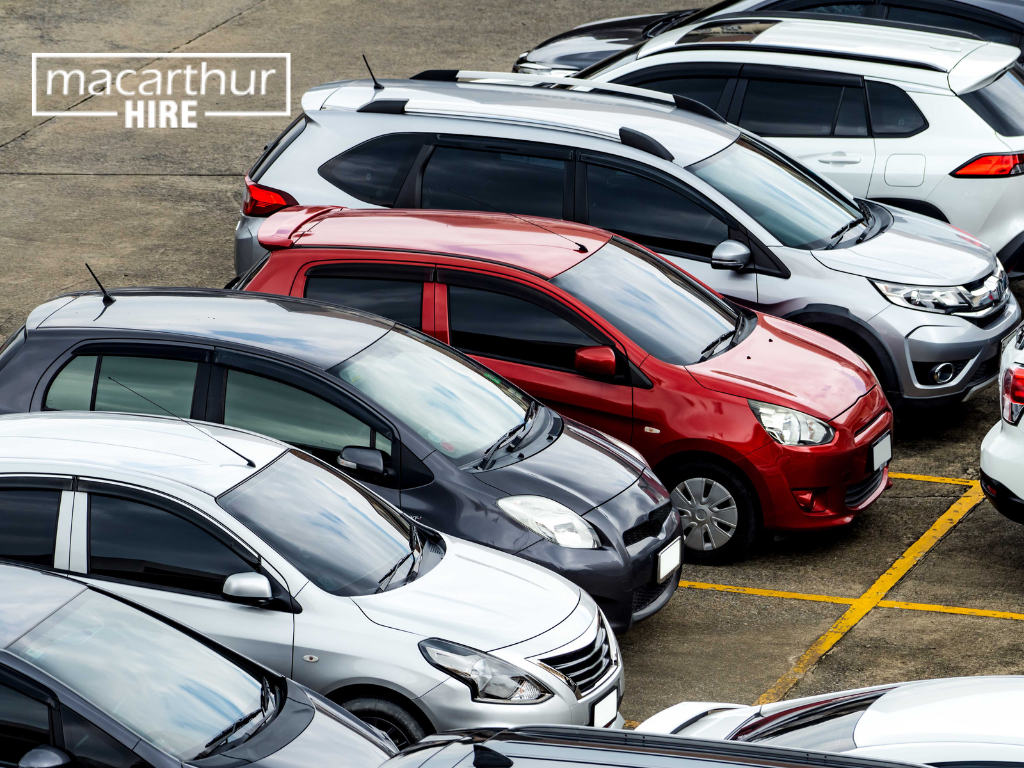Looking for something specific? Try using our search bar!
Looking for something specific? Try using our search bar!
When facing the challenge of moving or relocating, one of the most crucial decisions you’ll make is selecting the right hire vehicle for the job. This choice can significantly impact the efficiency and convenience of your move. Choosing an appropriate vehicle not only ensures that all your belongings are transported safely and securely but also can lead to substantial time and cost savings. With the right vehicle, you can minimize the number of trips required and ensure a smoother moving process, making it an essential step in planning your relocation.

Before selecting a hire vehicle, accurately estimate the volume and size of the items you need to move. Start by making a detailed inventory of your belongings, noting dimensions and weights where possible. Utilize online tools or apps designed to estimate the cubic footage required based on your inventory. Remember, it’s better to overestimate slightly to accommodate for packing materials and any last-minute items.
Consider the nature of the items you’re moving. Fragile items, such as glassware and electronics, require careful packing and may influence the type of vehicle hire you choose. Similarly, large furniture pieces and appliances not only require more space but may also necessitate a vehicle with specific loading capabilities or additional equipment like ramps or tail lifts. Identifying these needs early on will guide you in selecting the most suitable vehicle for your move.

The market offers a variety of vehicle types suitable for moving and relocation, each with its advantages:
When choosing a vehicle hires, several factors should influence your decision:

When hiring a vehicles for moving, it’s crucial to thoroughly review the rental agreement to avoid any surprises. Key points to focus on include:
Rental companies typically require a deposit at the time of booking, which may be a fixed amount or a percentage of the estimated rental cost. Familiarize yourself with the payment structure, including:

Maximizing space while ensuring the safety of your items during transport involves strategic packing:
Proper loading is essential to prevent damage to your belongings and ensure safety during transit:
If you’re not accustomed to driving a large van or truck, consider these adjustments to your driving style:
Planning your journey is more than just plotting a course from point A to point B when driving a hire vehicle loaded with your belongings:
Before returning your hire vehicle, conduct a thorough inspection of both the interior and exterior. Look for any new damage that may have occurred during the rental period, and compare the vehicle’s condition to what was documented when you picked it up. Additionally, ensure the vehicle is clean and free of personal belongings and trash. Many companies charge cleaning fees for vehicles returned in a condition deemed below their standards, so a quick clean-up can save you unnecessary costs.
Familiarize yourself with the hire company’s fuel policy at the beginning of your rental period. Most companies operate under a “full-to-full” policy, requiring you to return the vehicle with a full tank of fuel. Failing to adhere to this policy can result in charges for fuel at a significantly higher rate than local fuel prices. To avoid these extra fees, plan to refuel the vehicle close to the drop-off location, keeping the receipt as proof of the fuel purchase if required.
Hiring a vehicle for moving and relocation requires careful planning and consideration to ensure a smooth and efficient process. From selecting the right vehicle to meet your specific needs to understanding the terms of your rental agreement and safely packing and transporting your belongings, each step is crucial to a successful move. By conducting a thorough post-use inspection and complying with the hire company’s fuel policy, you can avoid unexpected charges and conclude your rental experience on a positive note.
More articles below: